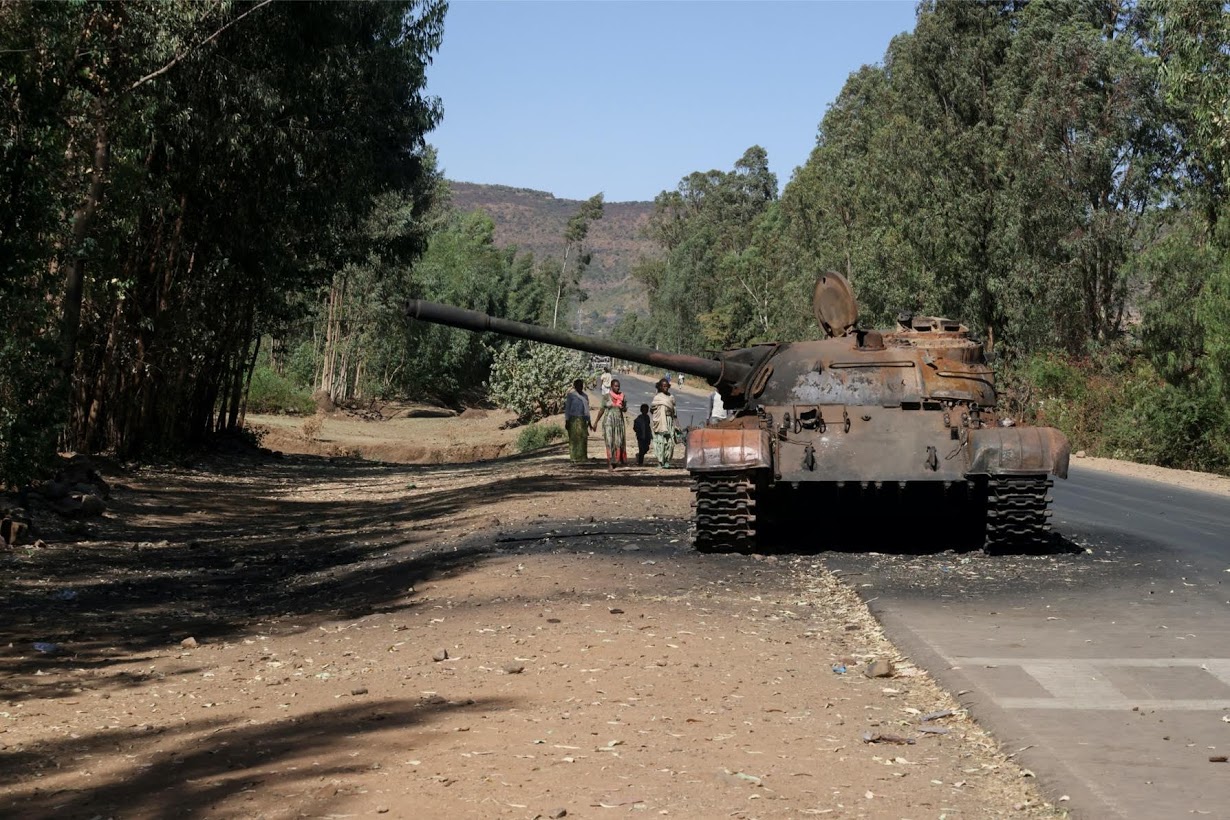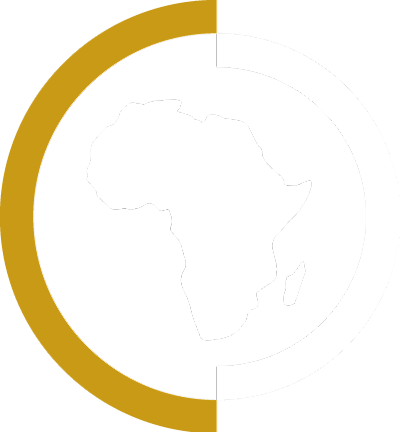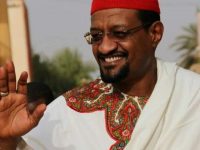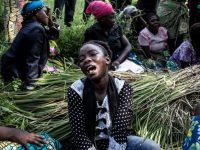Khartoum suffers from a fierce war between the Rapid Support Forces and the Sudanese army,…

Ethiopia, The Diplomatic War to Resolve the Crisis in Tigray
Several months have passed since war broke out in the Ethiopian region of Tigray on November 4 2020.
Even though the mass bombings of last November have stopped, what we know for certain now is:
- Over 60,000 Tigrinya refugees: this is the number of Tigrinya refugees who have fled from the bombs and the war and crossed over the border into Sudan at the beginning of the conflict to seek safety even though they had to dodge guerilla gunfire between the Ethiopians and Sudanese to cross because Sudan was protecting its citizens and territory;
- Thousands of Eritrean refugees: note that not only people from Tigray but also thousands of Eritrean refugesswho are in Ethiopia were in harm’s way and found themselves fleeing to other areas in Ethiopia to escape the war in Tigray; Places of worship were targeted: in addition to civilians, enemy bombs also struck religious sites. On one hand, a study by Maritz Tadros, professor of Politics and Development at the Institute of Development Studies, University of Sussex published in Africa Arguments analyses the reasons for these attacks, while on the other, there are rumored reports of being taken under attack because the Tigray People’s Liberation Front (TPLF) needed several of these places to seek refuge and in some cases as storage for weapons and ammunition during the conflict.
- Massacres and killings: with the premise that it is necessary to ascertain who is responsible and condemn them in compliance with the law that has been stained by these war crimes, several reports of the massacre of civilians have arisen such as the report by Amnesty International on Axum and the one reported by France24 about Mai Harmaz.
- Communication blackout: it was very difficult to report the facts and rumored accounts because a communication blackout at the beginning of the war literally cut off the entire Tigray region from the rest of the world preventing any news to leak out from the area testifying to the dramatic situation the people of Tigray were undergoing.
- Media and repression: in addition to the blackout of communication infrastructures, several cases of media repression and journalist censorship were reported stating that they had been targeted just for doing their job (stopped, searched, and arrested perhaps with the excuse that they were under investigation);
- Hospitals and healthcare: any people cannot access suitable medical treatment and healthcare, stocks are low on medicines and most hospitals are not accessible as recently reported by Medecins sans Frontieres (MSF), (over 180,000 people are dying without medical assistance).
- Gender-based violence:
- Ever since the Tigray was able to communicate with the world again, there were reports about women being raped and young girls being used as weapons of war (their lives threatened for a bit of bread or to save their own families). To date, there have been hundreds of reports about girls who have arrived at shelters, for example in Shire, where they receive treatment and tell their horrific stories. Staff at the centers, for example MSF doctors and volunteers, say that according to them the cases are few because many are unreported because the victims are afraid to talk about it for fear that further repression or that they are so traumatized by the abuse they cannot share the experience with anyone and get help;
- On 23 March 2021, Prime Minister Abiy Ahmed, after months of denying it, admitted and stated that Eritrean troops entered Tigray with the excuse of defending themselves because Eritrea was afraid of being attacked. The Prime Minister added that they had promised to leave the region as soon as the Ethiopian National Defense Force (ENDF) had the situation in hand. He had previously tried to ask the support of South Sudan to resolve the crisis in Tigray peacefully. In the past few weeks, the issues have become more challenging from a diplomatic point of view;
- The United Nations have expressed growing concern for the atrocities taking place in Tigray.
- United States secretary of State, Antony Blinken described what was being carried out in Tigray as acts of “ethnic cleansing”;
- The Ethiopian government denied the Secretary of State’s accusations;
- In a meeting between US diplomatic envoy Senator Chris Coons and Prime Minister Abiy to discuss the crisis in Tigray, the Ethiopian leader rejected the US call for a unilateral ceasefire;
- United nations High Commissioner Michelle Bachelet for Human Rights accepted the invitation from the Ethiopian Humans Right Commission (EHRC) to launch a joint investigation into the war and crimes in Tigray. From the Tigrinya diaspora on twitter, doubts and a campaign against the EHRC have arisen accusing it of not being a neutral party because it is pro-government, in that it is financed by the Ethiopian government, and therefore does not have a strictly impartial point of view with regards to investigations that are as delicate as the one in Tigray;
- A report published by the Ethiopian Humans Right Commission (EHRC) on 24 March, confirmed that Eritrean forces committed a massacre in the city of Axum on 28 and 29 November, 2020 (confirming the Amnesty International report but previously discredited by the Ethiopian government);
- On 25 March, Prime Minister Abiy undertook his first official visit in Eritrea after the start of the November 4 2020 war to meet with the Eritrean President Isaias Afwerki. It is acknowledged that the Eritrean troops that fought alongside the ENDF against the TPLF will be withdrawn from the Tigray Region and confirmed by Prime Minister Abiy (in response to the demand made by international community and the Tigrinya diaspora).
But this may just be a smokescreen because in reports from Eritrean Hub and Martin Plaut there is a sense of integration, of a new military federation.
Eritrean forces, the troops already in Tigray, may be integrated into the ENDF to form a single military force thereby strengthening the Ethiopian one.
A further report from Eritrea already talks about a new federation and guidelines for an agreement between Ethiopia and Eritrea.
A tweet on 28/03/2021 by Martin Plaut stated that the day before, on the 27th:
“*Yesterday 37 trucks of Eritrean troops entered Tigray via Adigrat. * 25 out of the 37 are stationed in Edagahamus and they now are gathering there from surrounding areas.”
And:
“* 12 out of 37 truck went to Mugulat (on the way from Adigrat to Adwa) and are stationed there * New troops from West Tigray stationed in Shelekleka. * Abiy’s recent Asmara visit seems to have discussed a new offensive rather than withdrawal.”
In conclusion:
From the facts and statements reported in my analysis, the questions and doubts (of a purely personal opinion and completely debatable) that have arisen are several:
- Why did Prime Minister Abiy declare the presence of Eritrean troops five months later, under pressure from the international community, when he had previously declared they were not on site?
- Why did he state that the Eritrean troops would be withdrawn from Tigray whereas there have been Eritrean reports that indicate a new reform of the two military forces?
- What of the latest rumors reporting that the number of ENDF soldiers could be overestimated and that Abiy is short of combatants; perhaps this is why there is talk about reforming his army?
Meanwhile in a tweet by Abiy on 28 March, hypothetically speaking given the moment and situation in Tigray, he wants to give visibility to the strength of Ethiopia’s firepower:
“It is known that the Ethiopian National Defense Forces have begun to reform and strengthen their production capacity to maintain our country’s sovereignty in a sustainable manner. We witnessed that today as we visited Homicho Ammunition Engineering Industry. 1/2”
And:
“The ENDF’s capacity to manufacture international standard products and strengthen its readiness based on adequate research is evident. We will continue to build on these efforts. 2/2”




